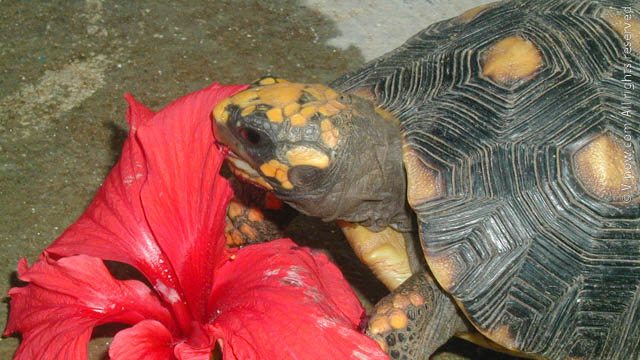
Animals Found in the Virgin Islands
Animal life in the Virgin Islands includes a variety of interesting creatures like iguanas, mongooses, donkeys, deer, pelicans, hummingbirds, herons, bats and more. There are also various lizards, frogs and insects. So from the fierce looking iguana to the graceful heron and speedy mongoose lets take a look at what you can expect to see on land and in the sky while sightseeing around St. Thomas, St. Croix, St. John and Water Island!
Nocturnal Wonders: The Bats of the Virgin Islands
Bats are said to be the only animal that is native to the Virgin Islands. Bats can be found in caves in less populated areas of the islands and are sometimes spotted flying at night. It is not uncommon for several dozen bats to roosts together in a cave. They are primarily insect eaters and nectar drinkers however there is a fisherman!
The Fisherman Bat: A Threatened Marvel of the Virgin Islands
The fisherman bat is a threatened species in the Virgin Islands. The bat roosts in caves near the sea, woodlands and in roofs of old houses. Through the use of echolocation or sonar, the bat detects ripples caused by fish swimming close to the water’s surface and uses it’s long, curved claws to catch them, thus the name fishermen bat. They are good swimmers and they use their wings as oars. The species’ numbers have greatly declined because of coastal development.
The Iguanas of the Virgin Islands

The Shell-Borrowers: Unveiling the Hermit Crabs of the Virgin Islands

Lizards & Frogs

The Unexpected Invader: Mongoose in the Virgin Islands
The mongoose is a carnivorous mammal. Native to South Asia and Africa, it was introduced in the Virgin Islands to control rat populations during plantation days. This did not occur. The mongoose hunts during the day and the rats come out at night. The mongoose’s introduction to the Virgin Islands was disastrous for the local bird and snake population. The mongoose eats other mammals, birds, and birds’ eggs. It is said to be the only animal fast enough to catch a cobra and live to tell about it.
Donkeys of the Virgin Islands

Goats: An Integral Part of Virgin Islands’ Landscape and Cuisine
Goats can be seen in small groups all over the islands in backyards, school yards, on some un-populated islands or eating grass on the sides of roads. Goats can also be found in cooking pots. Goats are eaten as a special meal on local holidays and served at local restaurants. They are a common site on road sides in St. John, particularly in Coral Bay.
Deer
There is a small deer population in the Virgin Islands. The white tailed deer was brought to the islands by colonist in the late 1700’s for hunting purposes. They are a shy, solitary animal. Occasionally they are sighted on St. Croix, St. Thomas and St. John; most often in residential, forested areas.
